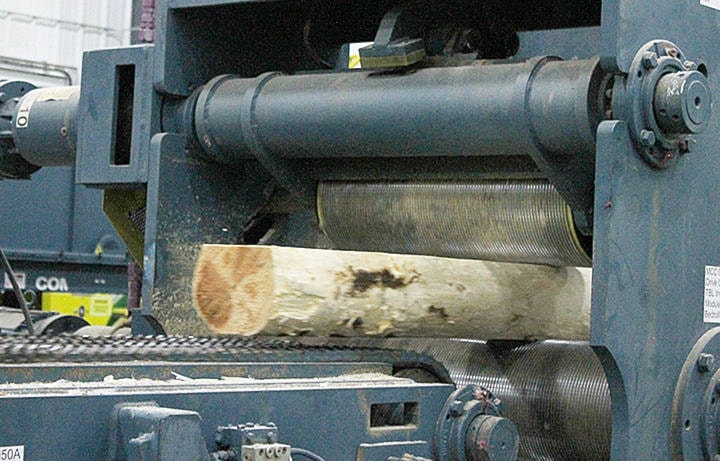We have got to rethink the Timber Supply Areas (TSA) approach to managing our forests in British Columbia, especially in the larger TSAs with significant areas remote from usually only one delivery centre.
Changes should also consider the efficient delivery of a variety of wood fibre products to the most efficient location, and not just the movement of logs to centralized lumber mills.
I arrived at this conclusion based on a number of discussions and events including the following:
1. Four delivery centres were described in the Williams Lake TSA, and Nazko was also considered in the Quesnel TSA for the most cost effective use of road side residual material.
2. I also attended a community forest meeting where a 144 hectare block with a low volume of green logs was going to be piled and burned rather than providing some needed biomass for alternate purposes.
3. Remote areas of some TSAs are in close proximity and may be more efficiently managed together rather than as a portion of one or more TSAs.
4. Some key infrastructure changes in these remote areas are essential for the success of getting forest fibre to the most profitable location.
A quick review of the relative amounts of forest fibre may be helpful at this point. According to the BC Hydro report, when a green log is delivered to the sawmill the following products result: 47 per cent is lumber or veneer, 33 per cent is wood chips for pulp, 8 per cent is shavings, 7 per cent is sawdust and 5 per cent is hog (bark). There may also be a considerable amount of fibre left on the block in the form of rejected logs, tops and branches, with the percentage fluctuating depending on impacts from beetles and fires. Over time, the loss of small-scale manufacturers and the concentration of big industry around the rail lines, industrial scale electricity and large labour forces has left many remote communities with a forest resource that is more difficult to manage on a long-term basis. A number of smaller scale lumber mills have been established in the remote areas of the Williams Lake TSA, but for a variety of reasons have not survived, especially when lumber markets have been depressed.
So how can more fibre sources be used, which could help minimize job losses when the traditional lumber logs become scarce for a number of decades?
Some key concepts that seem to keep coming up, especially for the remote areas, are the following: small-scale, modular, mobile, increase capacity by adding small units in series and marketing through more local sources.
Having a lumber mill or pulp log processing facility even on a small scale seems to be a critical factor in creating an efficient fibre flow, but an additional component in the case of a remote area like Anahim Lake or Nazko maybe the establishment of a biomass electric generation facility.
My limited research has shown some very efficient small-scale units are available, with future increased capacity achieved by attaching a number of units in series. If and when Ministry of Highways, CN Rail or BC Hydro does bring an industrial level capacity to the area, these units could be tied to the grid (net metering) or easily moved to another location.
The same concept applies to wood and feed pellet manufacturing, with a wide variety of models and sizes available which could concentrate on supplying a variety of products to locals as well as more distant markets.
Jim Hilton is a professional agrologist and forester who has lived and worked in the Cariboo-Chilcotin for the past 40 years. Now retired, Hilton still volunteers his skills with local community forests organizations.
